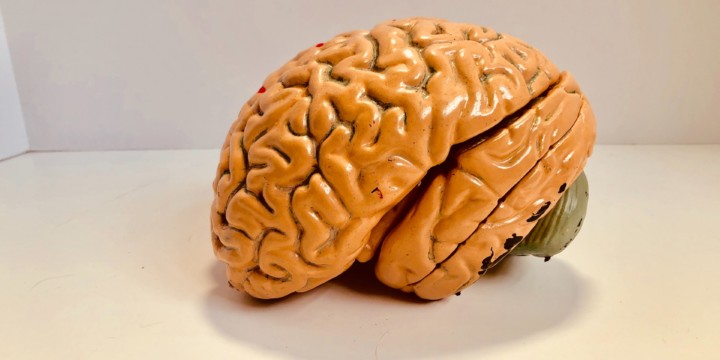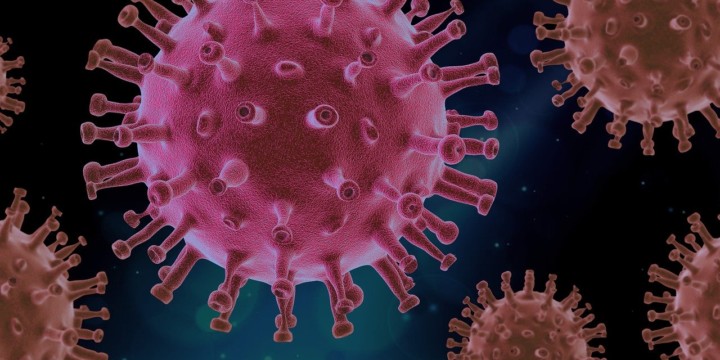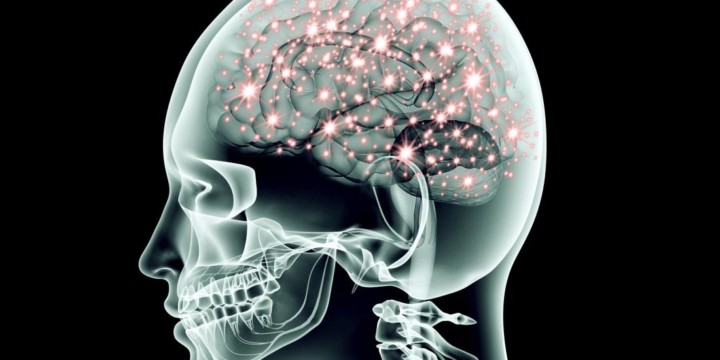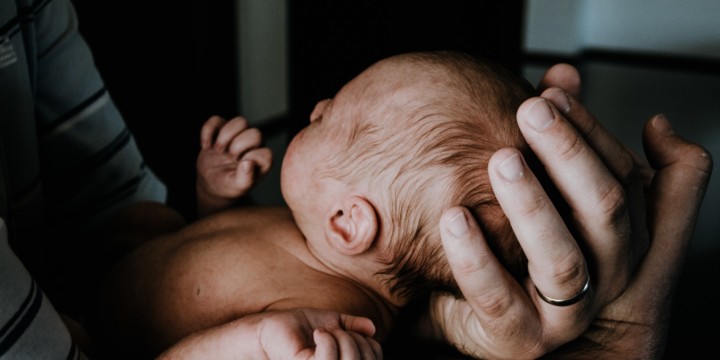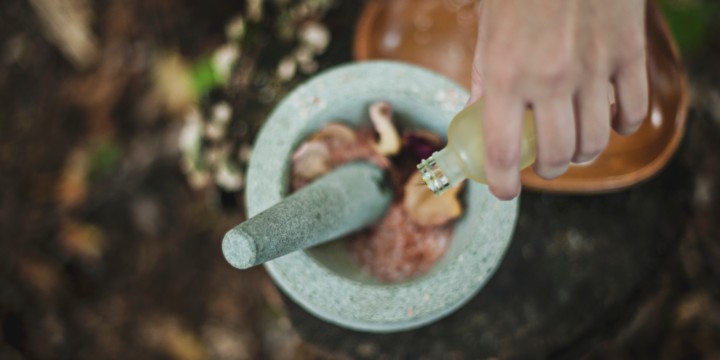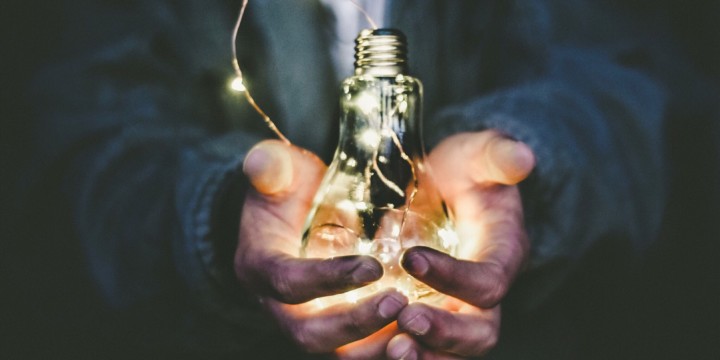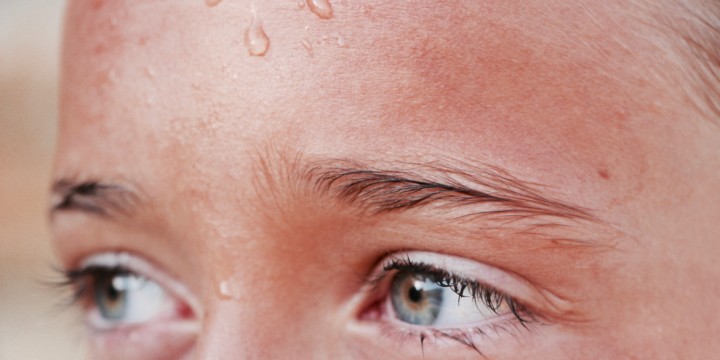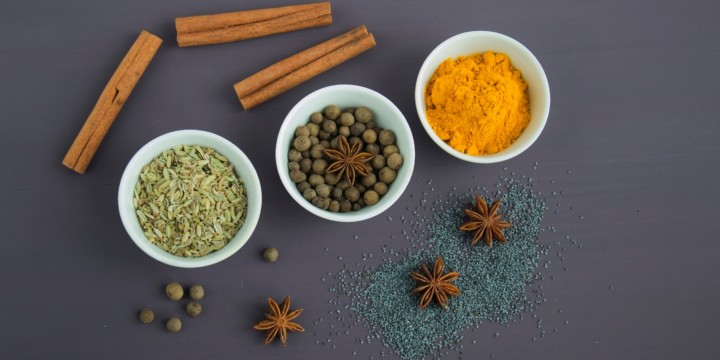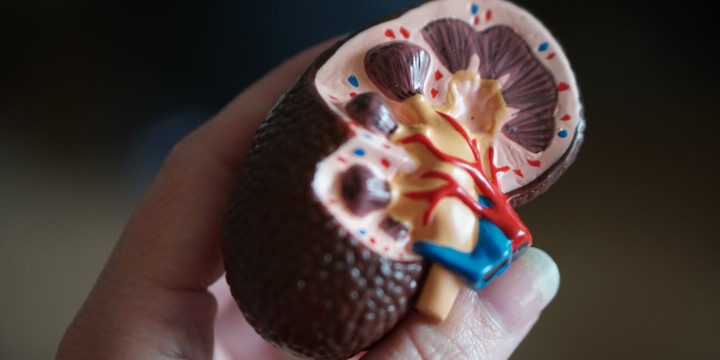Physiology of Endometriosis
The inner liner of the uterus that undergoes periodic cyclic changes is called the endometrium. In endometriosis, the tissue lining the uterus proliferates and grows outside it and behaves as it normally would.
Endometriosis most commonly involves ovaries, fallopian tube and tissue lining the pelvis and rarely involves the bladder, rectum, and parts of the bowel. In endometriosis, the tissue thickens, breaks down and bleeds during each menstrual cycle and gets trapped as this displaced tissue has no way to exit the body causing irritation to the surrounding tissues leading to scarring and adhesions of the organs. Endometriosis is a very painful condition
Causes
Though the exact cause of endometriosis is still a mystery, here are some possible reasons why endometriosis occurs. These are:
- Hormonal imbalances promote the transformation of peritoneal cells (cells lining the inner side of the pelvic lining) into endometrial cells
- A deficient immune system fails to identify and destroy the endometrial cells growing outside the uterus
- Genetic reasons
- Early menarche and late menopause, high estrogen content in the body, obesity, and alcohol consumption are a few possible causes for endometriosis
Symptoms
- Painful periods (dysmenorrhoea) is quite common but with endometriosis, the pain can be intense and accompanied by low back and abdomen pain
- Pain during or after intercourse, pain during bowel movements and urination is commonly observed in endometriosis
- Heavy bleeding and bleeding between periods is observed
- Infertility
- Symptoms mimicking inflammatory bowel diseases such as stomach cramp, loose stools, bloating, constipation and nausea are observed, complicating the diagnosis
Treatment in Allopathy
- Treatment is planned after confirmation of the diagnosis through pelvic examination, an ultrasound test, and laparoscopy.
- Pain medication to help ease menstrual cramps
- Progesterone therapy can halt the menstrual periods and the growth of the endometrial tissue reducing the symptoms
- Hormonal therapy is sometimes effective in reducing inflammation and pain in endometriosis, though this is not a permanent cure and the symptoms can resurface once the therapy is stopped
- Gonadotropin-releasing hormone therapy causes the endometrial cells to shrink inducing an artificial menopause
- Conservative surgery is preferred for young ladies who have not yet completed their family. In such cases, the endometrial tissue is removed preserving the uterus, fallopian tube, and the ovary.
- In severe cases, a total hysterectomy is performed where the uterus along with ovary and cervix is removed. This is the last resort, especially in young ladies.
Ayurveda and endometriosis
According to Ayurveda Apana vata is responsible for normal functioning of the menstrual cycle, derangement of this causes retrograde menstruation leading to endometriosis and this vitiation is due to stressful lifestyle, unhealthy food habits, sedentary lifestyle and irregular sleep pattern. Adding to the apna vata vitiation, imbalances in pitta and kapha lead to the hormonal imbalance that causes an irregular menstrual cycle and abnormal growth of the endometrium.
Treatment of endometriosis in Ayurveda
The Ayurvedic treatment focuses on correction of hormonal imbalances, detoxification, modification of diet and lifestyle, and administration of certain herbal medication. Panchakarma therapies are undertaken for the restoration of hormonal balance and correction of doshas.
Panchakarma therapies
Snehana (oil massage) – It includes oil massage along with ingestion of medicated ghee, followed by steam bath called as swedana (steam bath). Certain pain alleviating medicines like dashamoola are also administered during Snehana. Snehana and swedana improve blood and lymphatic circulation and aid in the release of serotonin and endorphin that help in relieving pain and pacifying vata dosha.
Virechana (purgation)– Prophylactic purgative drugs like avipattikar churna, sukumara eranda taila etc are administered 7 days before the onset of periods to relieve pain, restore hormonal balance and balance Pitta dosha.
Basti (enema) – It includes administration of medicated liquids through anal route or vaginal routes like dashamoola ksheera Siddha basti and Yapana basti. This therapy removes the obstruction in the genital tract and improves fertility.
Modification of Diet
- Warm, light, fresh and home cooked meal with a spoon of ghee is recommended as it pacifies vata dosha
- Avoid cold, dry and fermented food.
- Red meat, alcohol, caffeine, carbonated drinks; chilies and refined sugar are best avoided
Lifestyle changes
- Adequate sleep is the best treatment as it balances the doshas and regularises menstrual cycle.
- Regular meal time is essential as it is vata pacifying
- Exercise should be in moderation.
- Intercourse should be avoided during the menstrual cycle
Ayurvedic herbs
- Shatavari (Indian asparagus) regularise hormonal imbalance, treats nutritional deficiency and improves fertility
- Yashtimadhu (Glycyrrhiza glabra) reduces uterine bleeding, inflammation and restores hormonal imbalance
- Ashoka (Saraca indica) balances hormonal imbalance and reduces uterine bleeding
- Amalaki (Phyllanthus Emblica) rich in vitamin c, balances pitta and kapha dosha
- Daruharidra (Berberis aristata) reduces inflammation and pain, it has antibacterial and antifungal actions.
- Lodhra (Symplocos recemos) reduces uterine bleeding due to endometriosis.
Yoga and Pranayama
Yoga can help to ease menstrual pain, improve fertility and balance hormonal imbalances. Yoga also reduces the symptoms of endometriosis and improves general health. Given below are a few asanas beneficial in endometriosis
- Baddha konasana (Butterfly pose)
- Supta baddha konasana (goddess pose)
- Supta Virasana (Reclined hero pose)
- Salamba Sarvangasana (shoulder stand)
- Upavistha konasana (wide angle seated forward bend)
For pranayama, none are specific to endometriosis, although Anulom Vilom and Ujjayi breathing are generally beneficial.
Naturopath and Endometriosis
Hormonal imbalance which is the main cause of endometriosis and irregular menstrual cycle needs time to balance out and naturopathy requires time to address the underlying causes. Naturopathy is a holistic form of medicine that takes into account many aspects of the individual’s health and lifestyle in order to formulate a treatment plan that yields optimum results.
Naturopathic Treatment of Endometriosis
The naturopathy treatment focuses on rectifying the hormonal imbalance, relieving symptoms and bringing about necessary diet and lifestyle changes.
Detox therapy
Infrared sauna therapy twice a week is best suited for patients with endometriosis. The treatment starts with 10 minutes of hot sauna followed by 30 minutes cold shower rinse and this is repeated 5 times with a gradual increase in time of hot sauna.
Also, a general detox of the entire body is done to remove toxins out of the system. Colon hydrotherapy, enema, massages, liver and kidney packs are used for this purpose. Hydrotherapies like hip bath and steam bath are beneficial.
Diet modifications
- Magnesium rich food such as nuts, broccoli, and grains reduce inflammation and help relax the muscles
- Flaxseed oil, fish oil, and avocados provide a good source of healthy fatty acids which is essential in reducing inflammation and improving fertility
- Avoid trans fats, refined carbohydrates, sugar, artificially processed and preserved food.
Lifestyle modifications
- Gentle exercises such as stretching, yoga, walking, swimming and cycling relax the muscles and help ease the pain
- Epsom salt bath which is rich in minerals is very relaxing and also have an antispasmodic action which helps relieve pain.
- Adequate sleep is essential in treating hormonal imbalances and addressing endometriosis
Botanical herbs
Herbs such as Chamomile, Black cohosh, Paeonia, Rehmannia, and ginger treat dysfunctional uterine bleeding and hormonal imbalance
Magnesium is an important mineral in reducing pain and premenstrual syndrome
Vitex is a female reproductive herb which raises progesterone level and balances the estrogen level. Raising progesterone levels alleviates the symptoms of endometriosis and slowly reverses the proliferation of endometrial tissue
Evening primrose oil has high-level gamma linoleic acid that reduces pain associated with endometriosis
Ginseng rich in antioxidant and an anti-inflammatory agent is known to improve fertility and reduce the symptoms of endometriosis

